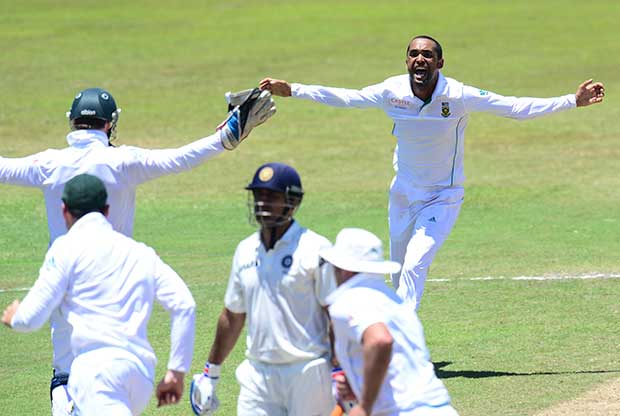The Proteas will play India in 12 Tests between 2015 and 2023, spread across four three-Test series, but they have been given less than Australia and England, reports Dan Gillespie.
The news comes on the back of a host of bilateral series announcements by India on Wednesday, with the most powerful nation in world cricket confirming their fixtures against England, Australia, South Africa, Sri Lanka and New Zealand over the next eight years. They had previously confirmed six series against Pakistan in the same time period, pending clearance from the Indian government.
The fixtures shed light on the new hierarchy in world cricket, with England receiving the most fixtures, and the so-called minnows getting the least.
The Proteas will only be playing three-Test series against India, while Australia have been given four four-Test series, and England have been granted four five-Test series in the period under consideration. Sri Lanka and New Zealand will play two-Test series against them in that time.
In further confirmation that India are now in control of world cricket, they have confirmed that they will be looking to shorten their tours, by for example only playing Tests or ODIs when they travel to Australia, and consolidate their earning power by playing more matches at home.
This will allow them to maximise profit, while also ensuring their national side has a greater chance of winning the majority of their fixtures, as they are notoriously bad tourists.
The new ICC revenue model has also been confirmed, with India set to profit from the three major worldwide events (ODI World Cup, World Twenty20 and Champions Trophy), getting the majority of the revenue generated by the body when it hosts the events.
ESPNCricinfo reports that with the new financial model, India will be entitled to a ‘contribution cost’ – essentailly a participation fee in world events – which is nearly double of all the other nine full members combined. India will be entitled to 21.9% of all revenue, while the other nine boards put together will only get 12.6% to share among themselves.
Photo: Barry Aldworth/Backpagepix







